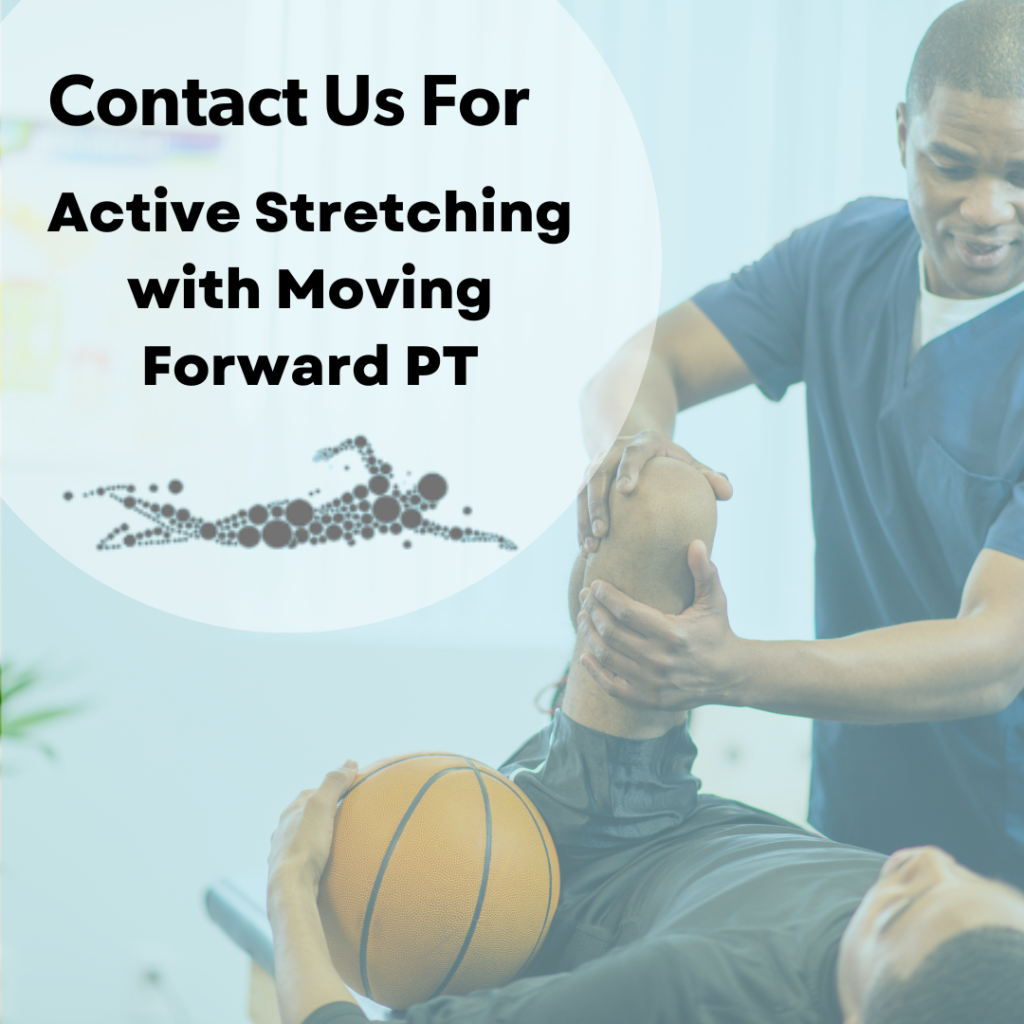This ligament is connected from the medial horn of the medial meniscus and passes superior and laterally to the lateral femoral condyle. The ACL is placed in the center of the knee and provides major stability for the knee.
The ACL checks:
- Anterior translation of the tibia on the femur
- Internal and external rotation of the tibia
- Hyperextension of the tibia
Most often, the ACL is damaged when the foot is planted and someone or something strikes the knee. Also a sudden stop or sharp turn with the foot planted can also tear the ACL. ACL “non-contact” injuries occur more often in females than in males.
Symptoms
- Instability in the knee, “giving – out” sensation of the knee
- Pain in the knee
- Swelling within the joint
- Discoloration
Diagnosis
Your physician will evaluate your injury by taking a complete medical history, including mechanism of injury, prior injuries and symptoms. Your physician will perform a complete physical examination of your knee. Your physician may then recommend an MRI which is the best way for seeing an ACL tear.
Treatment
There are a few treatment options with an ACL tear. The treatment options can be determined by the degree of the tear, the age of the person, and the lifestyle that the person lives.
Surgery
The surgeon performs an arthoscopic surgery. The surgeon will drill holes in the tibia and the femur, remove the damaged ACL, and he will replace the old ACL with a graft. The graft is anchored in by screws.
There are two types of grafts that are available:
- Allograft – obtained from a cadaver
- Autograft – obtained from your own body; either a hamstring or patellar ligament, etc
Prior to Surgery, when the injury first occurs:
- Rest – stay off your leg as much as possible, or an ambulatory device can be used, such as crutches
- Ice – use ice for 20 minutes on with 40 minutes off throughout the day, for the first 72 hours since the injury occurred
- Compress – use a compression sleeve or ace wrap. This will help to reduce the swelling
- Elevate your leg – keep your knee elevated
- Take an anti-inflammatory or pain medication prescribed by your physician
- Strengthen your quadriceps muscles
Rehab
Rehabilitation from an ACL injury progression is based on protocol and how the patient adapts to the procedure. Your therapist will also stress getting full knee flexion and knee extension.
Prevention
- Strengthen the hamstring and quadriceps muscles
- Strengthen the core muscle
- Make sure you have full hip range of motion

